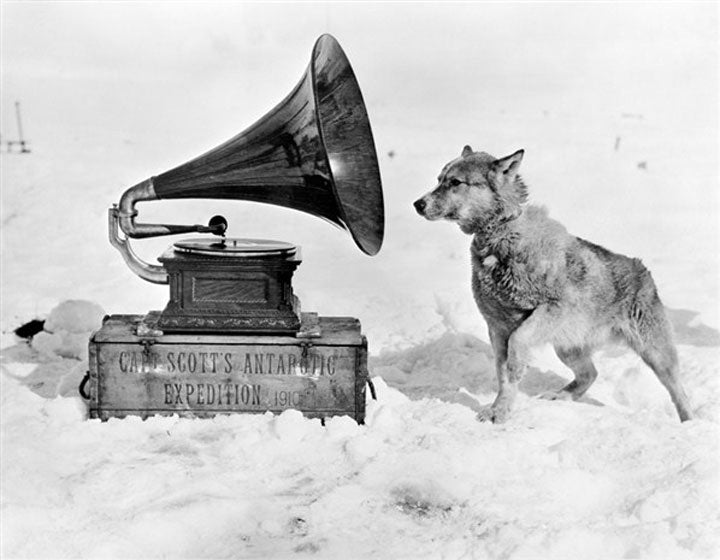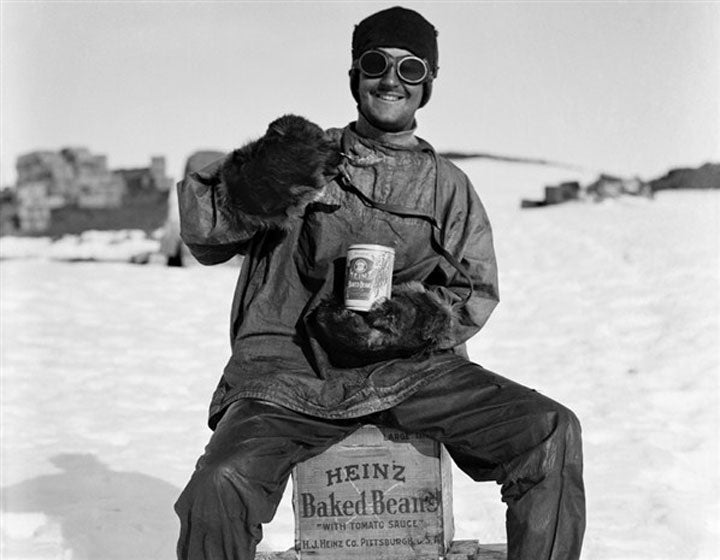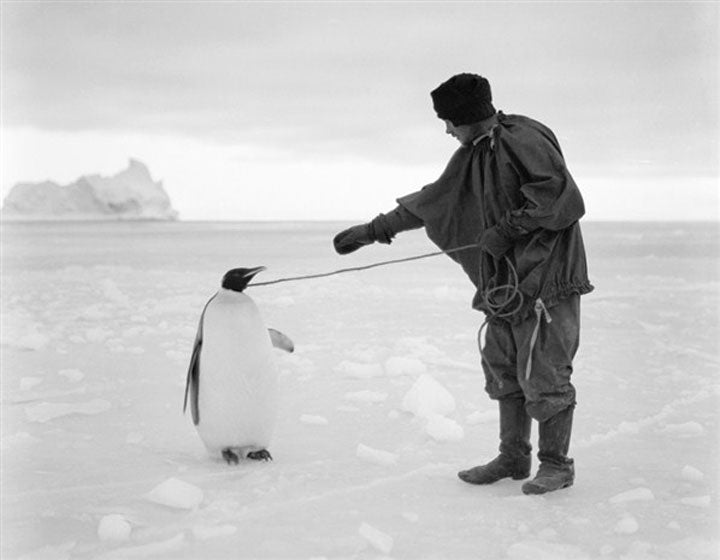
Exactly 100 years ago today, Captain Robert Falcon Scott and his four companions arrived at the South Pole. Their aim was to enter the record books by being the first people to reach their destination. While their quest was doomed to failure, it wasn’t for a lack of bravery and endeavour.
Their journey had begun much earlier, setting off from Cardiff in a ship named the Terra Nova in the summer of 1910. Their trip took their 65-strong crew of men (plus horses and dogs) via South Africa, Australia and New Zealand, eventually pitching up in Antarctica in early January 1911.
Having spent most of 1911 establishing themselves and getting familiar with their surroundings, they eventually set off for the South Pole on 24th October, reaching the Polar Glacier on 20th December. The final and most telling leg of the journey saw Scott select his best men and set off for the South Pole. Henry Bowers, Lawrence Oates, Edward Wilson and Edgar Evans accompanied him as he attempted to make history and become the first to arrive there. They arrived at the South Pole exactly 100 years ago today, the 17th January 1912.
While their achievement was amazing, they were gutted to discover a pesky Norwegian by the name of Roald Amundsen had beaten them to it. On arrival at the pole a Norwegian flag has already been planted, together with a letter from Amundsen with instructions to deliver it to the King of Norway.
Having spent such a huge portion of his life not only on the expedition itself but also in raising the funds and organising the trip, this must have been hard to take for Scott. In his diary, he recorded his thoughts. “The Pole. Yes, but under very different circumstances from those expected… Great God! This is an awful place and terrible enough for us to have laboured to it without the reward of priority.”
It’s fair to say he was pretty miffed.

The disappointment at being beaten to the punch by Amundsen was soon overtaken by the simple task of survival. Running out of supplies and suffering awfully from the extreme conditions, the body of Edgar Evans was the first to give out. In Scott’s diary he states Evans died on 17th February having collapsed near a glacier. Oates was the next to succumb to the elements and in doing so he uttered the enduring words “I am just going outside and I may be some time”. Some have suggested his fragile state of mind led to his walk into a blizzard but it’s far more likely he acted with great dignity, sacrificing his own life to give his companions a greated chance of survival. Aware his own ailing condition was compromising the chances of his mates surviving, he chose certain death.
The remaining members of the expedition hung on a little longer. The final entry Scott’s diary came on 29th March 1912. His message was half defiant, half acceptance of the inevitable. “We shall stick it out until the end, but we are getting weaker of course, and the end cannot be far”. The remaining bodies of the party were recovered by a search party 8 months later.
For those of you in easy reach of London or planning a little jaunt there in the coming months, there’s an exhibition celebrating Scott’s last expedition at the Natural History Museum. It begins this coming Friday (20th January) and runs until 20th September.
Click here for more info.
All images copyright of Getty Images.




